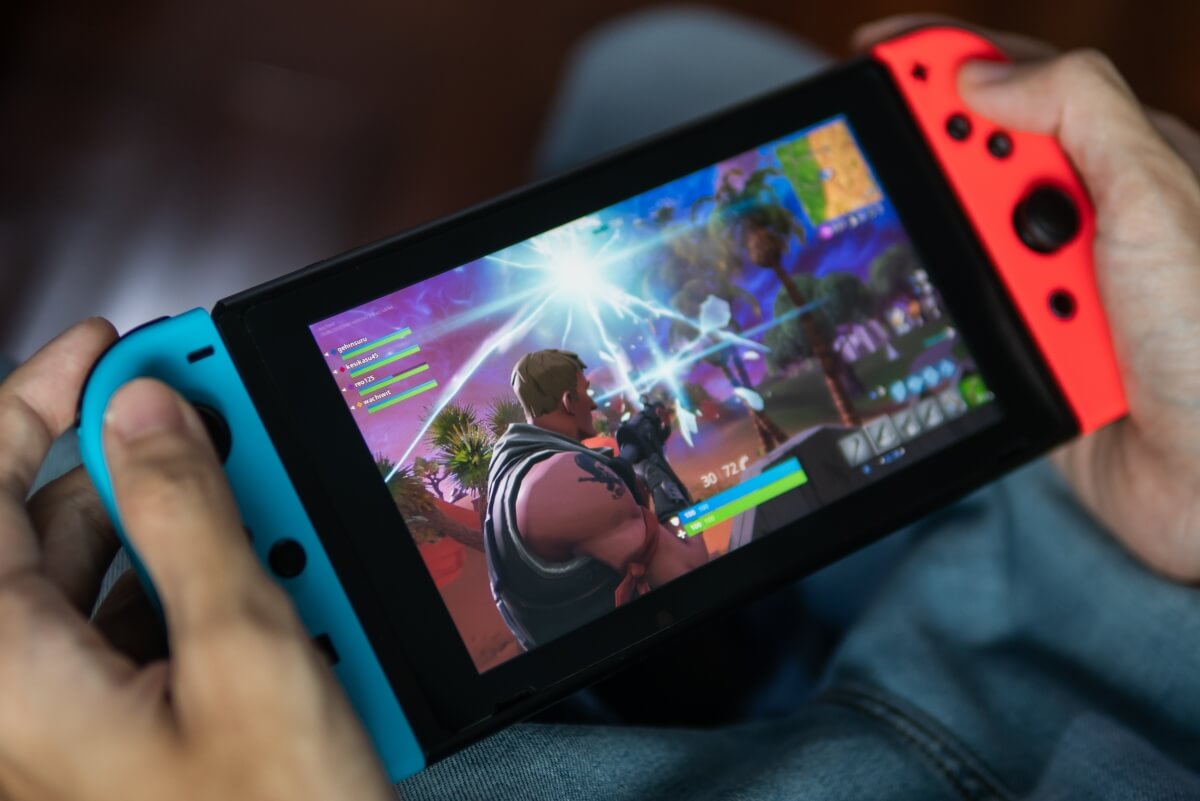In brief: Nintendo last month quietly introduced an updated version of its Nintendo Switch handheld console promising significantly longer battery life. Now that the system is finally hitting store shelves, we're getting some real-world data on what sort of improvements buyers can expect and it's quite promising.
Digital Foundry recently put the new Switch through the paces and found that in The Legend of Zelda: Breath of the Wild, the old Switch lasted for three hours and five minutes at 50 percent screen brightness. With the new Switch, they were able to game for five hours and two minutes - an increase of 63 percent.
When boosting the screen brightness to 100 percent, the results were even more pronounced. The original Switch shut down after two hours and 25 minutes but the new model persevered for more than four hours and 18 minutes. That's an improvement of 78 percent.
The revised Switch also ran a bit cooler. The publication observed a maximum vent temperature of 54C on the old Switch when docked but just 50C on the newer model. When undocked, the gap between the two was just 2C (from 48C to 46C).
Nintendo owes its efficiency gains to an upgraded version of Nvidia's Tegra X1. The original SoC was built on a 20nm process but teardowns of the new Switch suggest we're now dealing with a 16nm chip. Updated LPDDR4X memory chips are also more efficient than what was used in 2017, iFixit notes.

The easiest way to differentiate a new Switch from the old model is the product box. The newer Switch ships in retail packaging with an all-red background that lacks a hand on the cover. You can also check the serial number on the box - the new variant starts with XKW. And if all else fails, have a look at the model number on the back of the console itself. The new model number is HAC-001(-01) - the old model doesn't include the (-01).
